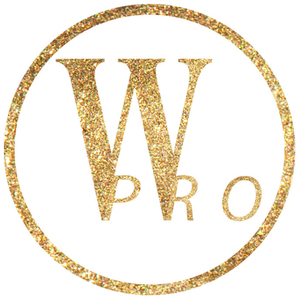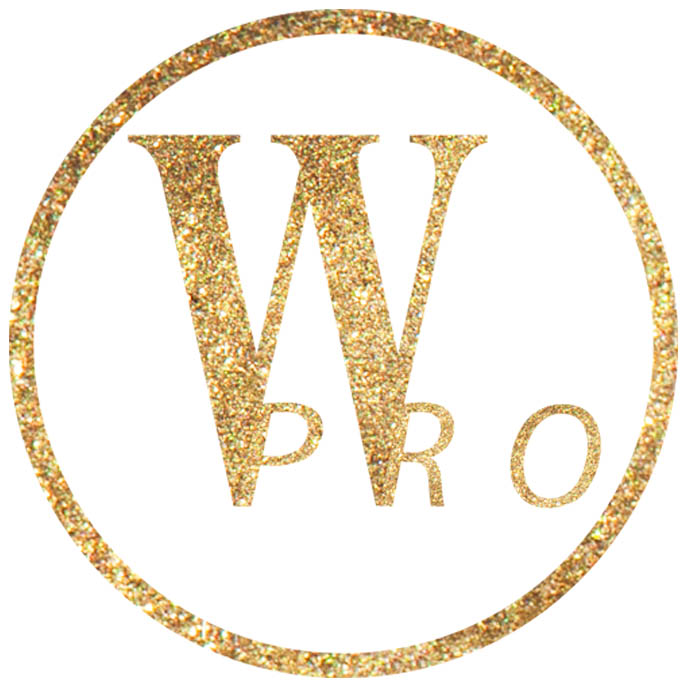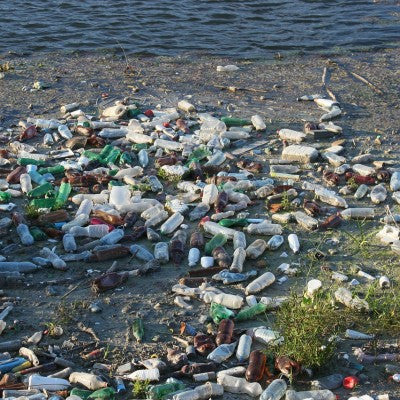A wasteful industry
However, it is not only chemical waste that is harmful to the environment. Since 2011 2.8 million units of ‘beauty waste’ have been collected. With Australians spending around $4.5 billion on cosmetics and toiletries per year it is no surprise that the largest generator of waste is product packaging.
The majority of packaging is made of rigid plastic which is produced to be strong enough to ensure it is not eroded by the products it contains. As a result it is not easily broken down by the environment. The packaging that we so thoughtlessly disregard not only takes hundreds of years to break down in landfill but it also absorbs 100,000 to 1,000,000 times the pollutant levels found in the saltwater. These dangerous chemicals are leached into the ground and groundwater, having detrimental effects on the environment, humans and animals.
The toxins produced by the waste enter our atmosphere, our soil, our food and ultimately our bodies. One of the most affected is our marine life, which eats the waste mistaking it for food. The waste can get caught in the animal’s gut and causes it to feel full. As a result, the fish will no longer eat and can become malnourished or even starve.
The greenwashing myth busted
Not a lot of people are aware that the cosmetics industry is a self-regulatory body. Meaning that it is at the discretion of the industry as to what can be classified as ‘natural’ or ‘organic’. This makes it very easy for dishonest companies to fool consumers by ‘greenwashing’ their products. The term ‘greenwashing’ describes false or misleading information provided by companies concerning their environmental practices or the environmental impacts of a product.
As the ‘natural’ and ‘organic’ trend grows it has never been more important to be aware of ‘greenwashing’ and to be conscious of what you are buying and how you can contribute to a greener future.
Here are some tips on how you can help the planet and green your beauty routine:
1. Read labels:
Get to know what is in your products, especially if you believe you are buying ‘natural’ or ‘organic’, you might be in for a shock. Ask the brand or look for a third party endorsement or certification confirming the brand’s authenticity. Do some research into some of the common chemical components found in cosmetics. For instance Williamspro is a new, ethically minded brand that uses certified organic arrowroot in its coveted Zero Powder formulas and pride ourselves in our all-natural ingredient base.
2. Refill or Recycle:
Some companies will offer you a refill service on your products packaged in plastic bottles or containers. If this service is not offered then simple recycling goes a long way. When possible try to avoid buying products packaged in plastic, instead opt for cardboard or glass. Williamspro pack acing is specifically designed to be reusable and refillable. Once finished with your product, simply wash your empty packaging, wipe clean with isopropyl alcohol and allow to dry. You can then re-use the packaging!

4. Cruelty free and fair trade:
Educate yourself about the manufacturing of your product. Where were the ingredients sourced? What did the company pay for them? Certain popular ingredients such as cocoa and palm oil are often obtained using child labour. By knowing what you are paying for you can choose to buy from companies who source their ingredients ethically.


